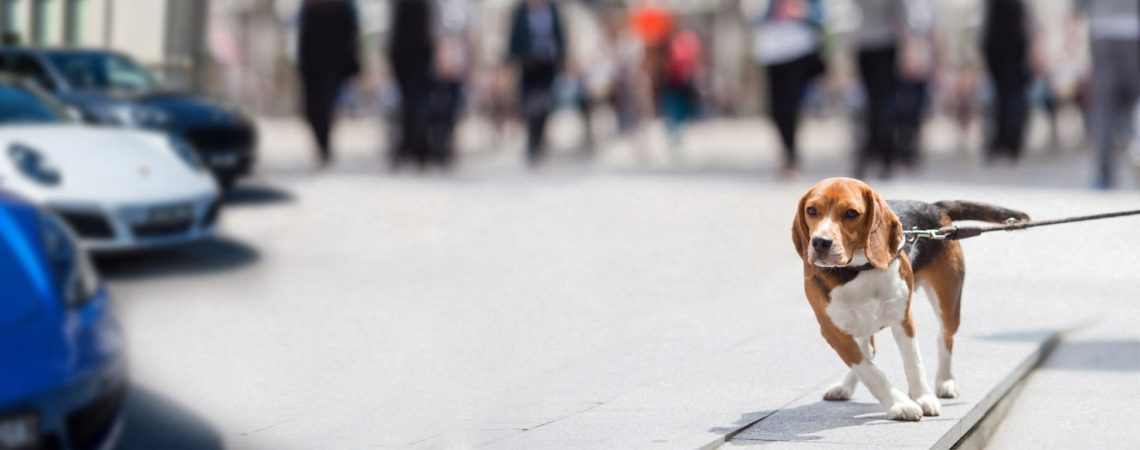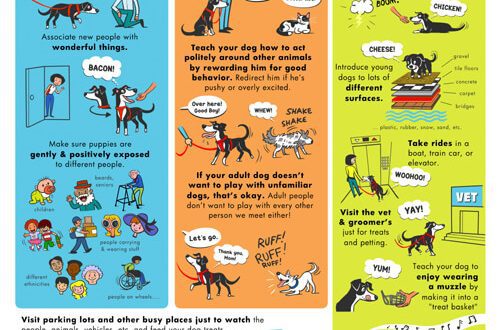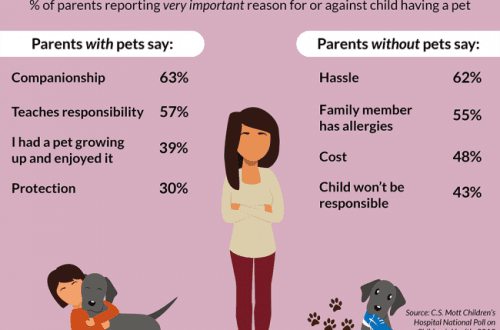
How to wean a dog from rushing to cars
Why does a dog run after cars and bark? Some pets are drawn to rush after any moving vehicle on wheels.
It doesn’t look like they could catch up, and even if they could, what would it do them? This behavior seems at least strange.
Why do dogs run after cars?
Although it may not be entirely clear to humans, for dogs, chasing is an instinct. Moving cars can cause pets to experience flushes of irritation, nervous excitement, or some completely different feelings. One thing is for sure: they awaken natural instincts in the dog, which make him see prey in the car, which he simply has to catch up and catch.
In this case, the animal can pursue not only large vehicles such as cars or buses. There are other vehicles that dogs chase with no less zeal, such as bicycles, scooters or mopeds. Sometimes they even chase people on roller skates or in wheelchairs!
Since the pursuit is a natural instinct, representatives of any breed can feel the urge to race behind a car or other means of transportation on wheels. However American Kennel Club (AKC) reports that greyhounds of all sizes and others herding breeds especially prone to persecution.

Car chase danger.
It should be remembered that when the dog is chasing a moving car on the road or off-road, the car can run into it. Getting hit by wheels can cause serious harm to a pet – injuries that are potentially life-threatening. If an animal that likes to chase moving wheeled vehicles has problems with aggressive behaviorshould be worried. Such a dog may attack someone if it manages to catch up with its target, such as a person on roller skates who was just passing by the house.
How to wean a dog to run after cars
Fortunately, a pet can be trained to chase cars and other vehicles. However, in the case of some pets, especially those that enjoy stalking, such training can be difficult.
The AKC points out that the desire to chase is inherent in many dogs and they get a lot out of chasing… Some like to chase moving objects so much that it can be very difficult to wean them from it.
A few tips on how to teach your pet to control his impulses can help even in the most difficult cases:
- Start training before a bad habit develops. Stopping a process that is already happening is much more difficult than working out an algorithm of actions in calm conditions.
- Keep your dog on a leash next to you during training.
- Start by learning the “stand” command.
- Stage situations in which it will be especially difficult for the pet to control his impulses. For example, have a member of the family ride a bicycle or walk slowly away from the porch of the house, telling the dog to stay in place in a sitting or lying position. This stage of training will take the most time. Here you will need to increase the speed or complicate the task, while ensuring the safety of the dog, keeping it on a leash and close to you.
If possible, you should consider using the services of a trainer to achieve maximum results in the safest conditions.
Dogs chase cars out of the instinct to chase, and a fast-moving car seems like prey to them. It is important to teach your pet to stay in place or near on command. This will help control his desire to chase vehicles.





